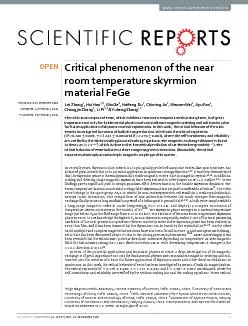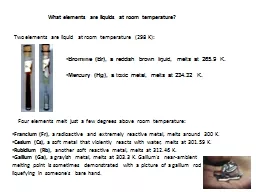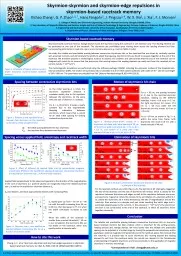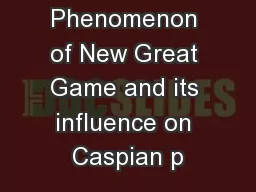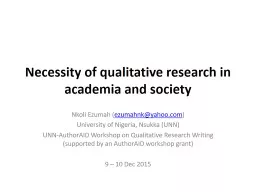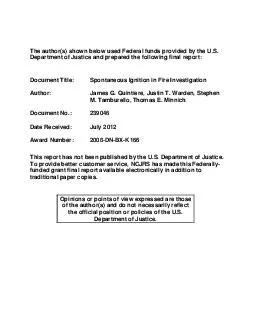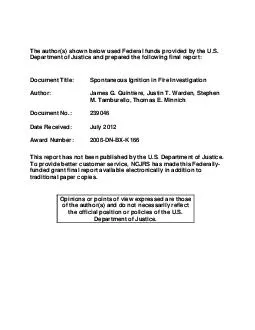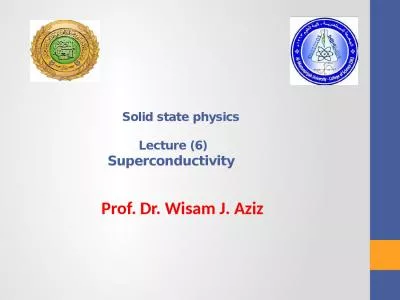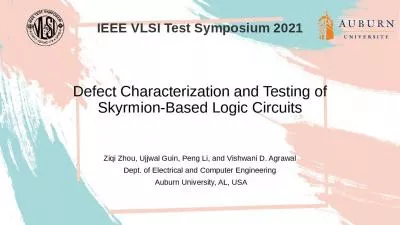PDF-Critical phenomenon of the near room temperature skyrmion material FeG
Author : lucy | Published Date : 2021-01-11
1 3130313029 49 which is close to the theoretical prediction of 3DHeisenberg model r P231 in which the noncentrosymmetric cell results in a weak DzyaloshinskiiMoriya
Presentation Embed Code
Download Presentation
Download Presentation The PPT/PDF document "Critical phenomenon of the near room tem..." is the property of its rightful owner. Permission is granted to download and print the materials on this website for personal, non-commercial use only, and to display it on your personal computer provided you do not modify the materials and that you retain all copyright notices contained in the materials. By downloading content from our website, you accept the terms of this agreement.
Critical phenomenon of the near room temperature skyrmion material FeG: Transcript
Download Rules Of Document
"Critical phenomenon of the near room temperature skyrmion material FeG"The content belongs to its owner. You may download and print it for personal use, without modification, and keep all copyright notices. By downloading, you agree to these terms.
Related Documents

